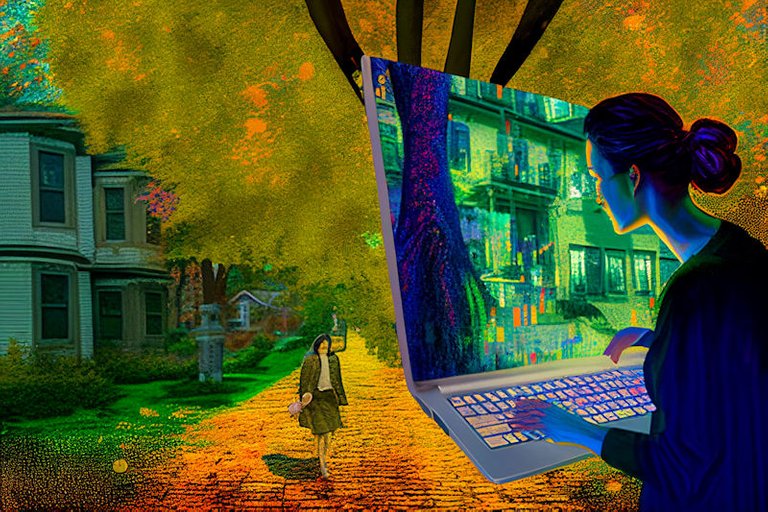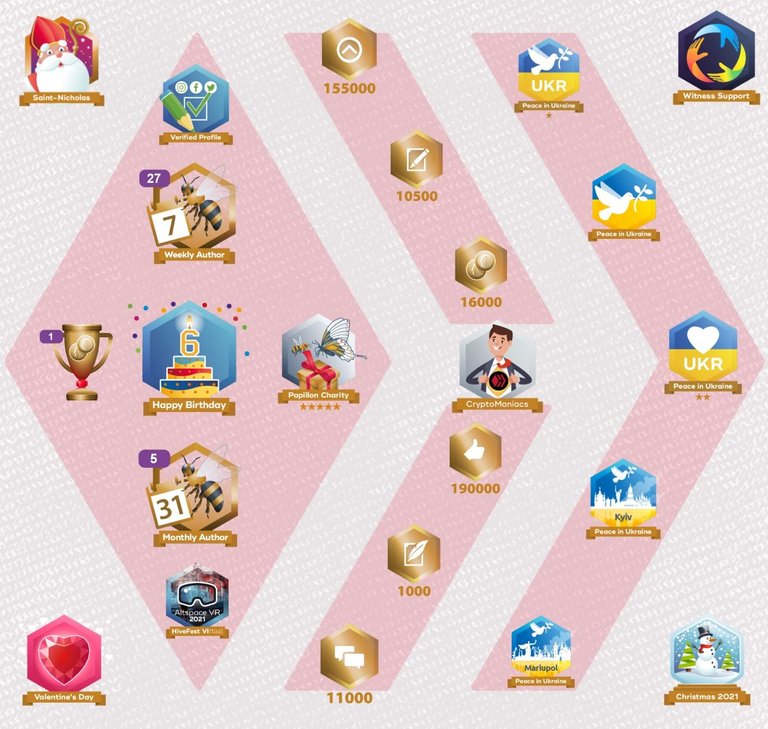
Combine facts and creative writing, what you find is creative non-fiction.
What is Creative Non-Fiction?
Creative non-fiction draws on creative elements like storytelling, personal reflection and vivid description to create an essay. They can be based on true stories or real-life experiences but are not limited to just presenting the facts. Use of literary techniques to bring the story to life is what creative non-fiction is about.
Common elements include:
- personal experience and perspective even when writing about social or historical issues
- use of vivid details and figurative language to build the place and atmosphere
- emphasis on character and voice to engage the reader.
- openness to experimentation with form and structure
- commitment to accuracy and fact-checking
Has Creative Non-Fiction Always Been a Genre?
It’s not a genre that has been around for long. It was coined by Lee Gutkind, an American writer and editor around 1973. He used the term to describe combining traditional reporting with literary styles of fiction.
In the late 1970s and early 1980s when Gutkind started using the term, it was not without pushback. Critics felt non-fiction should be straightforward and factual. That ‘creative non-fiction’ was too broad and could encompass a wide range of writing that didn’t meet the standard of traditional non-fiction.
Even among those who recognized creative non-fiction there was debate if it was a new genre or if it had been around for centuries. Gradually the term gained acceptance as a distince genre in the 1990s and into the eary 2000s.
In addition to Lee Gutkind who published what is considered to be the definitive book on the topic, “The Art of Creative Nonfiction” in 1994, there were several others who championed the genre.
They included:
- Tom Wolfe - credited with pioneering “New Journalism”
- Annie Dillard - author of “Pilgrim at Tinker Creek” - an early example of the genre
- Truman Capote - author of “In Cold Blood” - true crime novel and an early example
- Gay Talese - also associated with new journalism
- Joan Didion - author of “Slouching Towad Bethlehem” and “The White Album” - both early examples
New Journalism emerged in the 1960s into the 1970s as a more personal, immersive form of journalism incorporating elements of fiction. While having some similarities to creative non-fiction, it’s a genre of it own without often fluid boundaries between the two in terms of techniques and approachs in different fields.
What Structures Does Creative Non-Fiction Use?
Creative Non-Fiction lends itself to a range of structures to convey the story being shared. Here are 25 structures covering a range of choices:
Narrative Structure — traditional storytelling with beginning, middle and end.
Montage Structure — combines different storylines to create a larger picture
Contrast Structure — mixes two or more ideas or perspectives, creating tension and showing the contrasts
Circular Structure — begins and ends with a related image or theme, creates a sense of circularity or completeness
Topical Structure — a specific theme or topic explored from different angles and perspectives
Letter Structure — written in the form of a letter to a specific person or group
List Structure — presented in the form of a list to create a sense of accumulation and organization.
Manifesto Structure — presents a passionate argument or declared principles usually with a call to action
Flashback Structure — Use of memories and reflections, movement from past to present in order to create a larger picture.
Circular Journey Structure — A journey or quest in a circular flow that brings the writer back to the starting point by the end.
Frame Story Structure — a narrator or observer will frame the action of the story to structure the narrative in a ‘frame’
Collage Structure — smaller parts from different pieces of text or media is assembled to create a larger picture by the writer.
Conversation Structure — written in the form of a conversation with multiple voices and perspectives.
14.** Reflective Structure** — to achieve a deeper understanding or insight into an experience or topic the writer structures the writing as a reflection
Self-Portrait Structure — the writer is presented as a character and a picture constructed using personal details and anecdotes
Chronological Structure — follows a linear timeline with events presented in the order they occurred.
Hybrid Structure — combines two or more structures to create a unique form
Epistolary Structure — written as letters or diary entries with a specific recipient in mind.
19.** Travelogue Structure** — Involves travelling to a place or region and told through personal experiences and observations
In Media Res Structure — starts in the middle of the action and then flashes back to earlier events.
Reverse Chronological Structure — events are presented in reverse order starting with the end and moving backward in time.
Braided Structure — weaves together two or more storylines which often have surprising connections.
Thematic Structure — explores a theme or idea through personal anecdotes and experiences.
Persona Structure — through adopting a specific personal or character, the writer explores a particular topic or idea
Letter to the Future Structure — involves writing a letter to someone in the future, exploring what’s different and the same from the present.
What a great variety of structures a writer can draw on to create works.
Some writers will use fictional elements within their stories like fictional characters while sticking to the facts of the issues being written on. Or adding details like thoughts or conversations that didn’t actually take place.
Doing so must be done with extreme caution and transparency. You need to tell your reader what parts were created to fill out the story and were not presented as fact. Not doing so can spoil your reputation as a writer very quickly.
I have written creative non-fiction for some time but didn’t know such a variety of structures were available. I may explore some after reading some authors who have used them.
Shadowspub writes on a variety of subjects as she pursues her passion for learning. She also writes on other platforms and enjoys creating books you use like journals, notebooks, coloring books etc.
NOTE: unless otherwise stated, all images are the author’s

How to Connect With ShadowsPub: [
Twitter: @shadowspub
Instagram: shadowspublishing
Medium: @shadowspublishing
Publishing Website: Shadows Publishing
Nicheless Website: Nicheless & Loving It
(podcast, subscriptions for: Prompt A Day, PYPT Reminder & Newsletter)
Pimp Your Post Thursday (PYPT): join us on the DreemPort Discord12pm EST Thursdays
—————————————-
Get eyes on your content and meet new friends. Join DreemPort.
